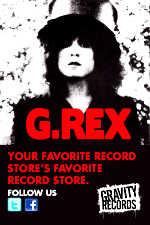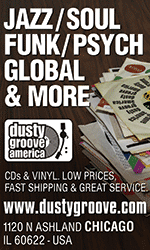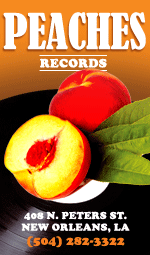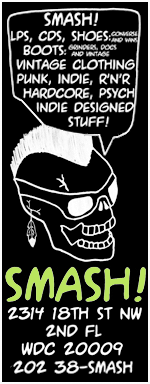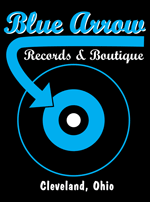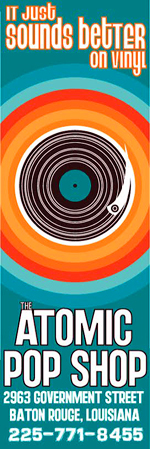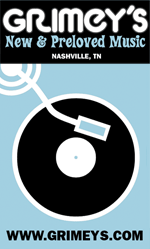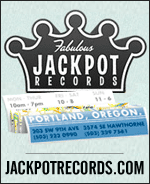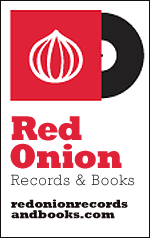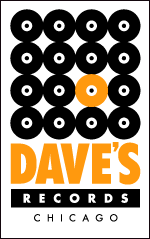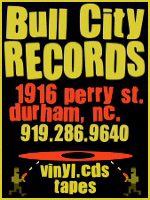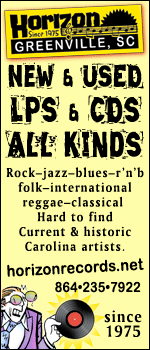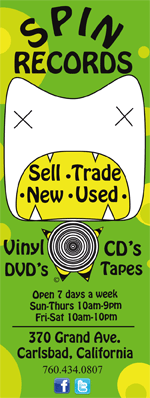
It’s September and time to hit the books. That doesn’t have to mean textbooks and studying. There are some wonderful books on music to either keep close to your couch on the coffee-table or for reading as the nights grow longer and colder.
First up is A Life in Focus: The Photography of Graham Nash (Insight Editions) by Graham Nash. Along with releasing his solo albums, recordings with David Crosby, Stephen Stills, and Neil Young and the Hollies, Nash has pursued photography. This book brings together a lifetime of work from behind the lens. Nash is not just a musician who dabbles in photography. This book clearly proves that with works that feature people, places and things, captured in mostly stark, evocative, black-and-white moods, but there are also plenty of stirring color images.
Nash includes many photos of his musical collaborators and contemporaries, including Allan Clarke, David Crosby, Stephen Stills, Neil Young, Joni Mitchell, Jackson Browne, Bonnie Raitt, Judy Collins, Cass Elliot, J.D. Souther and many more. There are photos of a very young Kris Kristofferson and some of the folk artists that presaged the British Invasion such as Phil Ochs. Those behind the scenes, such as Bill Graham, Ahmet Ertegun, and David Geffen, are also featured. Fellow photographers and visual artists Henry Diltz, Joel Bernstein, Elliot Landy, and Gary Burden, who created some of the most iconic album covers and rock images, are represented as well.
Nash moved in the worlds of Swinging London, Laurel Canyon, Hollywood, and New York, which are all represented with photos of Twiggy, Dennis Hopper, George Harrison, Bob Dylan, and Leon Russell (captured at the famous Bangladesh concert). Musicians from many styles, including the likes of Taj Mahal and Johnny Cash, are also included. Many images of a geometric nature, while others are abstract, almost surrealistic thought-provoking photos to linger over and ponder. This is a book that tells the story of a musical life from a searching wanderer whose eyes are wide open.
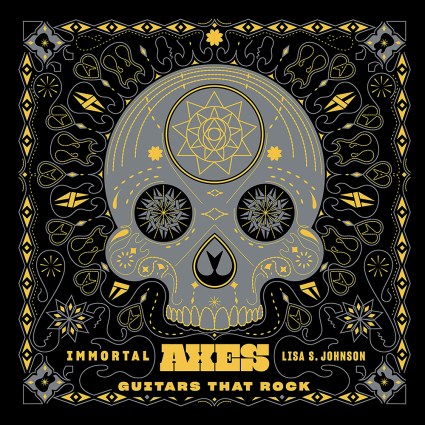
When Lisa S. Johnson released her book 108 Rock Star Guitars in 2013 it seemed she had created the final word on coffee-table guitar books. The book was of her photographs of some of the most famous guitars in rock history with annotation on the uniqueness of the instrument and the story behind its provenance. Johnson now returns with Immortal Axes: Guitars That Rock (Princeton Architectural Press), a book that is maybe even more astonishing, as it covers a wider array of instruments from many eras and styles.
This book is even more awe-inspiring than her first in its poignancy, as it features many guitars from departed legends of the instrument such as Albert King, B.B. King, Bo Diddley, Buck Owns, Chet Atkins, Charlie Christian, Chris Squire, Duane Allman, George Harrison, Jerry Garcia, Jimi Hendrix, John Entwistle, John Lee Hooker, John Lennon, Johnny Cash, Les Paul, Mike Bloomfield, Rick Danko, Ronnie Lane, Steve Marriott, and Tom Petty.
The book includes many more artists from R&B, blues, country and jazz than the first book, including the aforementioned Kings, Bo Diddley, Buck Owens, Charlie Christian, Chet Atkins, John Lee Hooker, Johnny Cash and those still playing, such as George Benson, John Mayall, and Steve Cropper. While heavyweights like Keith Richards, Beck, Clapton, and Page are back, it’s nice to see other British rock gods included, such as Harrison, Paul McCartney, and Pete Townshend.
Looking at some of these guitars is akin to examining the lines on the face of a long life well lived. There are guitars here made in the 1950s that have been in use on the road and in the studio since the early 1960s. This is a truly beautiful book and a guitar-lover’s dream come true.

If cuddling up with a music book read you can really sink your teeth into is your thing, two recent memoirs will more than do the trick. The Magic Years (Heyday) from Jonathan Taplin doesn’t just encompass his time as a roadie/rock tour manager, but it recounts his time in the film world and side trips in finance, along with a healthy dose of family history and political activism.
Taplin’s career should have taken him from Princeton to a career in law, but instead he jumped on the rock bandwagon just as Bob Dylan was plugging in his guitar at Newport. This led to the Monterey Pop Festival, working with Albert Grossman and The Band and living in Woodstock, before, during, and after the festival. There were other stops along the way, and in the ’70s, including working on the Concert for Bangladesh, before he detoured to the film industry and worked with a young director on a little film called Mean Streets.
There was further work in film with Scorsese, including on The Last Waltz and others and the occasional foray back into music. Another detour was his working in finance, but for years he has been at the forefront of grappling with the digital revolution. His insights into the maturation of the state of music, radio and media and how they intersect with politics are eye-opening.
This is a book that will remind those of us who may have lost our way since the ’60s and ’70s what’s it’s really all about, and provide a timeline of insight for young people on how we got from John Kennedy and Martin Luther King to Donald Trump and the entire right-wing cabal. Ultimately, this is a book about music: its power to shape culture, politics and our lives and how the good fight is always worth it in the end.

Another memoir equally as honest and passionate is Beeswing (Algonquin) by Richard Thompson. Thompson was one of the architects of British folk rock as a founding member of Fairport Convention. He also recorded breakthrough albums with his then wife Linda. He has gone on to have an unparalleled solo career. His prodigious guitar skills alone could put him in the guitar god pantheon, but instead he tours and continues to make uncompromising albums of powerful simplicity.
He is one of only a handful of artists to first emerge in the ’60s, whose new works never disappoint and, rather than resting on his laurels, he continually comes up with cutting edge music that defies description. So, it’s no surprise that this memoir pulls no punches and avoids many of the hoary cliches that mar many ’60s music memoirs.
Thompson confronts the years of substance abuse he and some of his contemporaries indulged in and talks frankly about some of his failed relationships. He never recounts these tales in breathless, wink wink tones or minimizes the wear and tear with glib anecdotes or shallow grandstanding. Thompson recounts in detail how several members of Fairport Convention died in an often-recounted tour mishap on the road and painfully recalls the slow, sad decline of his fellow Fairport bandmate Sandy Denny.
Thompson has spent his life negotiating the fine line between artistic integrity and paying the rent. He has also deeply explored his spirituality, but is never preachy or proselytizing. While the book focuses a great deal on the ’60s and ’70s, it’s not a nostalgia trip and he most likely intends to write a sequel. Given how good this book is, let’s hope so.

Finally, if you’re a fan of ska and reggae, from the revival of those genres in America that began in the late ’70s, don’t miss Ska Boom! (DiWulf) by Marc Wasserman. While groups such as The Untouchables from Los Angeles did attract a national following, there were many New York-based bands that shouldn’t be overlooked, particularly The Scofflaws, who are still active.
This oral history is the first and last word on the revival and also includes some rare photos. While the peak of the revival was short-lived, it produced music that stands the test of time and still sounds great, with many of the groups continuing on through today.
A Life in Focus by Graham Nash (Insight Editions)
A
Axes: Guitars That Rock by Lisa S. Johnson (Princeton Architectural Press)
A+
The Magic Years by Jonathan Taplin (Heyday)
B+
Beeswing by Richard Thompson (Algonquin)
B+
Ska Boom! by Marc Wasserman (DiWulf)
B















